Growing Investment in Mental Health
The increasing recognition of mental health issues, including conditions related to catalepsy, is driving investment in the Catalepsy Treatment Market. Governments and private organizations are allocating more resources towards mental health initiatives, which encompass research, treatment, and awareness campaigns. This trend is reflected in the rising funding for mental health programs, which aim to improve access to care for individuals suffering from catalepsy. Moreover, the integration of mental health services into primary healthcare systems is likely to enhance the identification and treatment of catalepsy. As a result, the Catalepsy Treatment Market stands to benefit from this heightened focus on mental health, leading to improved patient outcomes and increased demand for effective treatments.
Advancements in Pharmaceutical Research
Ongoing advancements in pharmaceutical research are significantly influencing the Catalepsy Treatment Market. The development of novel drugs and therapies, particularly those targeting the underlying mechanisms of catalepsy, is expected to enhance treatment efficacy. Recent studies have shown that innovative compounds are entering clinical trials, with some demonstrating promising results in alleviating symptoms associated with catalepsy. This influx of new treatments is likely to expand the therapeutic options available to patients, thereby increasing market competitiveness. Additionally, collaborations between pharmaceutical companies and research institutions are fostering a conducive environment for breakthroughs in catalepsy treatment. As a result, the Catalepsy Treatment Market is poised for substantial growth, driven by these scientific advancements.
Rising Awareness and Education Initiatives
The increasing awareness and education initiatives surrounding catalepsy are contributing to the growth of the Catalepsy Treatment Market. Various organizations and advocacy groups are actively working to educate the public and healthcare professionals about catalepsy, its symptoms, and available treatment options. This heightened awareness is likely to lead to earlier diagnosis and intervention, which can significantly improve patient outcomes. Additionally, educational programs aimed at healthcare providers are fostering a better understanding of catalepsy, encouraging more effective treatment strategies. As awareness continues to rise, the demand for specialized treatments is expected to increase, further propelling the Catalepsy Treatment Market forward.
Increasing Prevalence of Neurological Disorders
The rising incidence of neurological disorders, including catalepsy, is a primary driver for the Catalepsy Treatment Market. As awareness of these conditions grows, more individuals seek medical attention, leading to an increased demand for effective treatment options. According to recent data, neurological disorders affect millions worldwide, with catalepsy being a notable subset. This growing patient population necessitates the development of innovative therapies and medications, thereby propelling market growth. Furthermore, healthcare providers are increasingly focusing on specialized treatments tailored to the unique needs of patients suffering from catalepsy. This trend indicates a shift towards more comprehensive care, which is likely to enhance the overall treatment landscape within the Catalepsy Treatment Market.
Technological Innovations in Treatment Delivery
Technological innovations are reshaping the landscape of the Catalepsy Treatment Market. The emergence of telemedicine and digital health solutions is facilitating remote consultations and monitoring for patients with catalepsy. These advancements not only improve access to care but also enhance patient engagement in their treatment plans. Furthermore, wearable devices and mobile applications are being developed to track symptoms and medication adherence, providing valuable data for healthcare providers. This integration of technology into treatment delivery is likely to lead to more personalized and effective care for individuals with catalepsy. As such, the Catalepsy Treatment Market is expected to experience growth driven by these technological advancements, which are transforming traditional treatment paradigms.


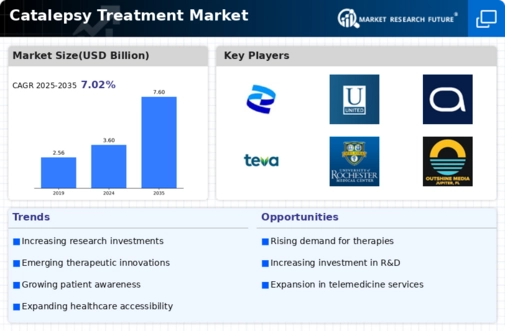
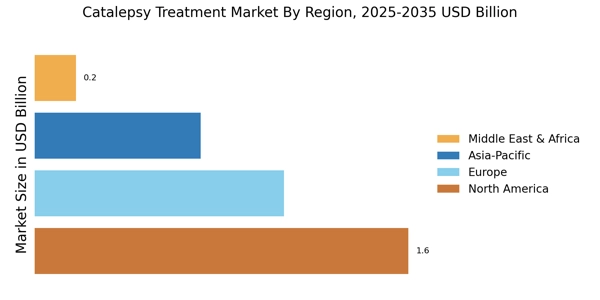


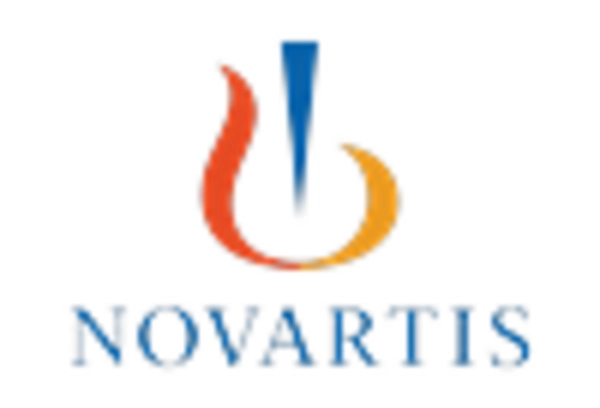

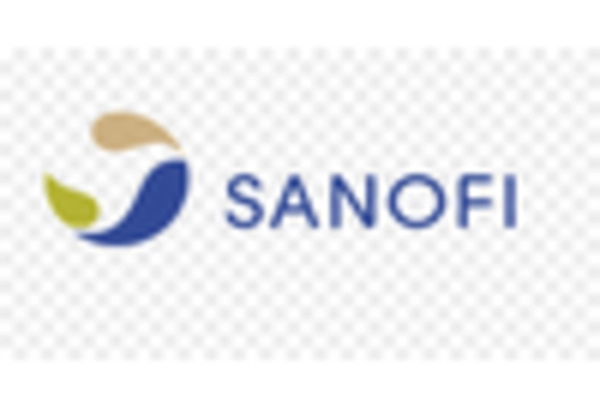
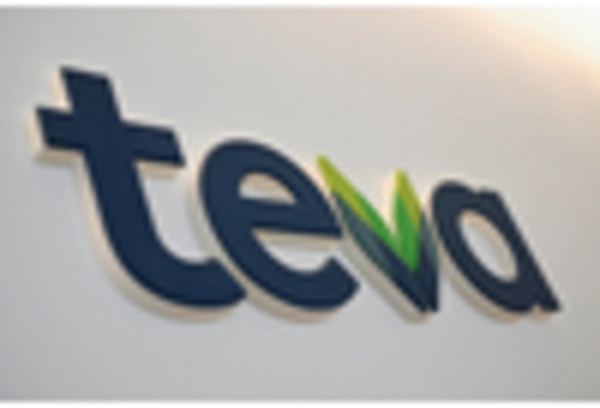








Leave a Comment